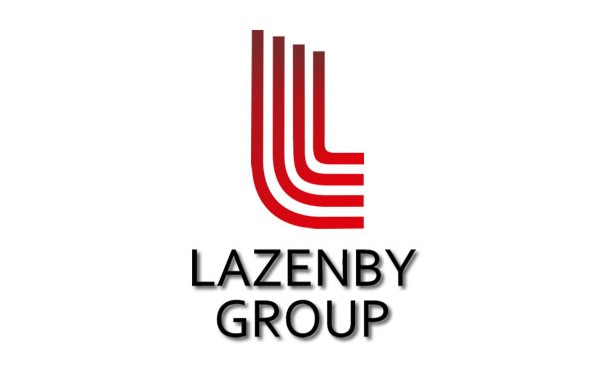IP Ratings
IP Rating is shorthand for an Ingress Protection mark, also referred to as an International (or Internal) Protection mark. Here at Lazenby Group we are experts in outdoor kiosk design and are able to manufacture a range of kiosks and housings to meet your IP requirements.

